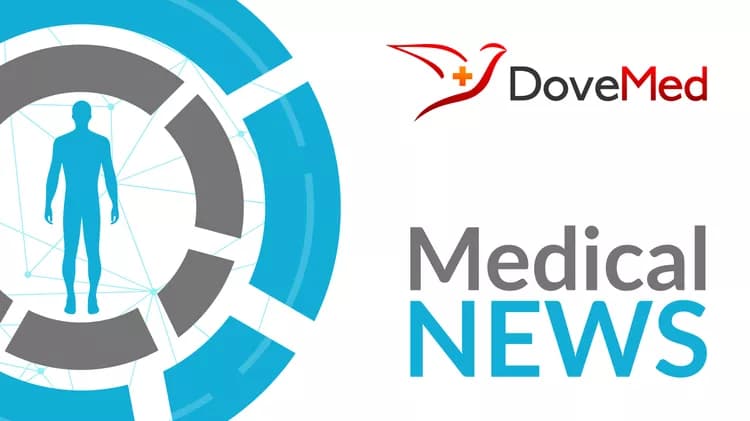
Facial Asymmetry Increases With Age
Asymmetry between the two sides of the face increases steadily with aging -- a finding with important implications for facial rejuvenation and reconstructive procedures, reports a study in the November issue of Plastic and Reconstructive Surgery®.Three-dimensional digital imaging techniques show a subtle but significant aging-related increase in facial asymmetry, especially in the lower two-thirds of the face, according to the new research by ASPS Member Surgeon Helena O.B. Taylor, MD, PhD, of Mount Auburn Hospital, Cambridge, Mass., and colleagues. "The observed correlation between increasing facial asymmetry and age can be useful as a guide in plastic surgery to produce age-matched features," the researchers write.
Steady Increase in Facial Asymmetry with Aging
Using a technique called 3D photogrammetry, Dr. Taylor and colleagues performed detailed scans of the facial surface in 191 volunteers, who ranged in age from four months to 88 years. The researchers then calculated the "root mean square deviation" (RMSD) to quantify the degree of asymmetry between the two sides of each face.
This digital imaging approach enabled the investigators to distinguish very subtle levels of asymmetry -- within a fraction of a millimeter. Facial asymmetry was analyzed in terms of age, and between the upper, middle, and lower thirds of the face. Across age groups, RMSD calculations of facial symmetry clustered between 0.4 and 1.3 mm.
"We found a highly significant positive correlation between increasing age and facial asymmetry," the researchers write. The measurements showed a small but predictable increase in RMSD: by 0.06 mm for each decade of life. Facial asymmetry did not vary significantly based on race or sex.
Asymmetry increased with aging across all thirds of the face, but the changes were greatest in the lower two-thirds -- from the eyebrows to nose and from the nose to chin -- compared to the upper third. "This finding suggests that the middle and lower features contribute more to overall asymmetry over time," Dr. Taylor and coauthors write.
While some degree of asymmetry is "attractive and inherent" in the human face, achieving facial symmetry is a fundamental goal of plastic surgery. In terms of precision and accuracy, 3D photogrammetry is a major advance over previous studies of facial asymmetry using direct measurements (anthropometry).
The results confirm the presence of small but measurable and noticeable increases in facial asymmetry with aging. While the underlying mechanism of these age-related changes remains open to debate, the findings support "a site-specific approach to facial rejuvenation," according to the authors.
For example, using implants or soft tissue volumizers to replace the deep support structures could improve facial asymmetry and restore youthful proportions, especially from the eyebrows down to the chin. Dr. Taylor and colleagues conclude: "Ultimately, we hope to contribute to a better understanding of how asymmetry evolves with time and use this data to improve outcomes in both reconstructive and aesthetic surgery."
Related Articles
Test Your Knowledge
Asked by users
Related Centers
Related Specialties
Related Physicians
Related Procedures
Related Resources
Join DoveHubs
and connect with fellow professionals

0 Comments
Please log in to post a comment.